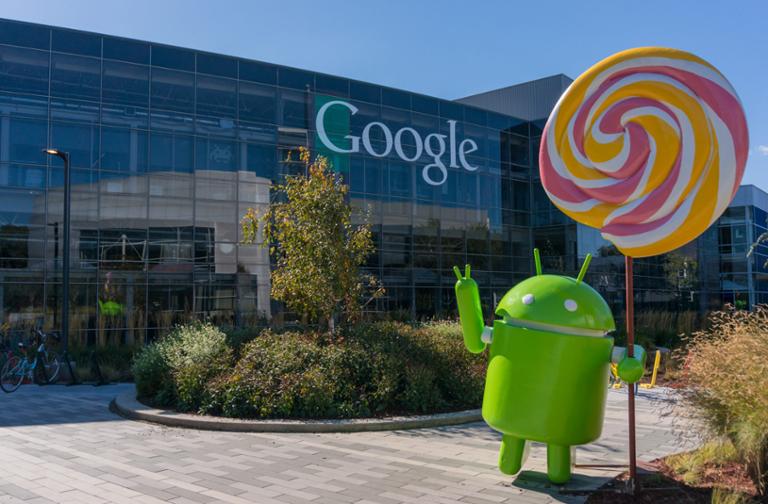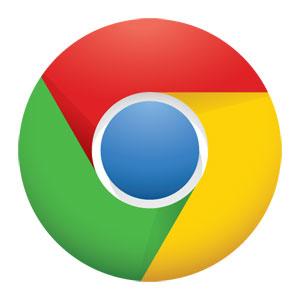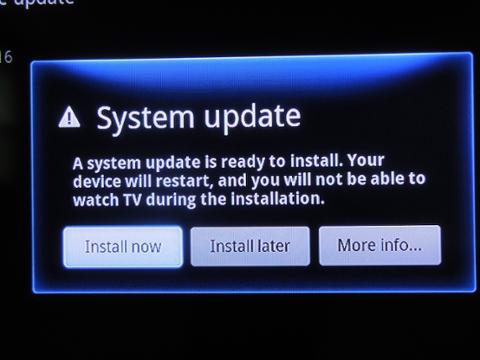Ten years ago this week, Android made its debut on a commercial device, and everything changed—both for Google and the technology industry as a whole. Although technically an open-source platform, Android is generally bound tightly with a suite of Google’s proprietary apps, including Gmail and Maps. But that early decision to make it open-source and licensable was a stroke of genius: Over the past decade, multiple manufacturers have loaded Android onto their smartphones and tablets, giving the operating system the largest mobile install base in the world. Google acquired Android, the startup behind the operating system, in 2005. With the purchase came Android co-creator Andy Rubin, who would head up the project at Google for several years. Google executives originally saw Android as a way to counteract any attempt by Microsoft to take over the mobile space; they had no idea that another competitor—Apple—was about to radically change how people interacted with their phones. The original version of the Android software was robust, but the first Android phone (dubbed “Sooner”) was unbelievably ugly, according to
a breakdown of Android’s early days in The Atlantic. With the iPhone’s debut in 2007, Apple showed the world that you could have a device that was sleek, stylish, effective—and didn’t need the physical keyboards that defined phones of that era, most notably Research In Motion’s BlackBerry. Recognizing the threat, Rubin and his team spent the next year retooling Android with a touchscreen-centric UX.
The Rise
Within four years of launch, Android had taken over the majority of the worldwide smartphone market, although its market-share sometimes varied wildly by country. The software soon spread from phones and tablets to other devices, including smartwatches (Android Wear, the OS version for wearables, was eventually renamed Wear OS), televisions, and various Internet of Things (IoT) devices. Manufacturers quickly “skinned” Android to suit their different brands; the operating system on a Samsung phone, for example, looks radically different from what you’d find on an LG device. Some companies even forked the software in radical new directions: case in point is Amazon, which used Android as the basis for Fire OS, the operating system behind its Kindle Fire tablets (and the late, unlamented
Fire Phone). With that spread, however, a new problem emerged: fragmentation. Different manufacturers not only loaded up their respective devices with different versions of Android, but they also updated to new versions of the OS at different rates (if they bothered to update at all). In 2011, Google tried fixing the issue with the Android Update Alliance, an “agreement” between manufacturers to support Android on devices for up to 18 months after release; that effort quickly petered out. Google is still trying to solve the problem today. In 2017, it launched
Project Treble, designed to allow manufacturers to update Android in a more seamless way. It remains to be seen, however, whether that will fix the fragmentation issues, especially as manufacturers continue to push their own, unique versions of the operating system.
Legal Issues
Apple co-founder Steve Jobs saw Android as a blatant ripoff of iOS, the iPhone’s operating system. "I will spend my last dying breath if I need to, and I will spend every penny of Apple's $40 billion in the bank, to right this wrong. I'm going to destroy Android, because it's a stolen product. I'm willing to go thermonuclear war on this," he reportedly told Eric Schmidt, Google’s CEO at the time. Schmidt tried to placate Jobs by offering to cut a deal, which just made the situation even worse. “I don’t want your money. If you offer me $5 billion, I won’t want it. I’ve got plenty of money. I want you to stop using our ideas in Android, that’s all I want,” Jobs shot back. Apple’s “thermonuclear war” took the form of lawsuits filed against Samsung, which quickly became the top seller of Android devices. Meanwhile, other tech giants took their shots at Google: Oracle sued, alleging patent infringements related to Java, Android’s primary development language, and Microsoft threatened to litigate any Android manufacturer that didn’t pay a “licensing fee.” With time, however, these conflicts were resolved. Aside from an ongoing (and expensive)
battle with the European Commission over alleged antitrust violations, Android today seems relatively free of legal issues—but nothing is static in tech, and it’s all too easy to imagine a scenario in which another tech giant decides to fire off a lawsuit in Google’s direction.
The Future
Android and iOS effectively hold a duopoly on the mobile market, and that situation doesn’t seem likely to shift anytime soon. Google is determined to make Android the foundation of an upcoming generation of technologies that will run on phones, including virtual reality (VR) and augmented reality (AR). But could Google replace Android with something it believes is superior? Earlier this year,
a report from Bloomberg suggested that Fuchsia, a long-rumored Google project, was actually an Android replacement. In theory, Fuchsia will scale from smartwatches and phones all the way up to car systems; it may fix some lingering issues with the Android codebase; and it might allow Google to sidestep those aforementioned EU issues. Will Fuchsia fully replace Android? That would be quite the feat, considering Android’s install base on a billion-plus devices. Even if Google makes such a move, chances are very good that other companies will continue to rely on some variant of Android—after all, it’s free, and a mature platform. Here’s to Android’s next 10 years.



